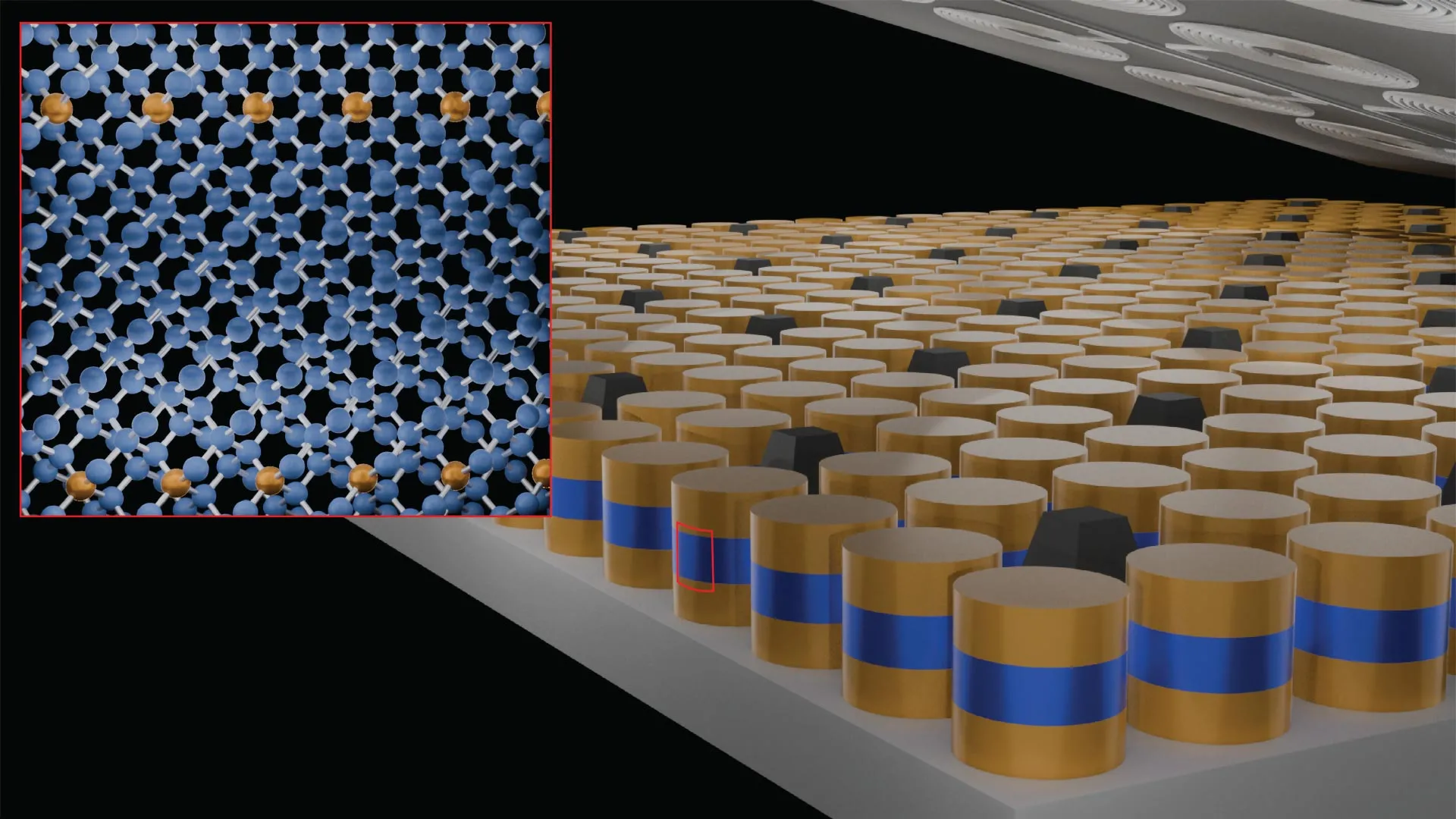For decades, researchers have tried to create semiconductor materials that can also act as superconductors – materials capable of carrying electric current without any resistance. Semiconductors, which form the foundation of modern computer chips and solar cells, could work much faster and more efficiently if they also had superconducting capabilities. Yet turning materials like silicon and germanium into superconductors remains a major challenge, because it requires maintaining a delicate atomic arrangement that allows electrons to move freely.
A global team of scientists has now achieved what once seemed out of reach. In a new study published in nature nanotechnologyThey report creating a form of germanium that exhibits superconductivity. This means that it can conduct electricity with zero resistance, allowing electrical currents to circulate endlessly without losing energy. Such behavior could dramatically increase the performance of electronic and quantum devices while reducing power consumption.
“Establishing superconductivity in germanium, which is already widely used in computer chips and fiber optics, could potentially revolutionize many consumer products and industrial technologies,” explains Javad Shabani, a physicist at New York University and director of its Center for Quantum Information Physics and the Quantum Institute.
Physicist Peter Jacobson of the University of Queensland says the findings could accelerate progress in building practical quantum systems. “These materials could underpin future quantum circuits, sensors, and low-power cryogenic electronics, all of which require clean interfaces between superconducting and semiconducting regions,” he says. “Germanium is already a workhorse material for advanced semiconductor technologies, so showing that it can also become superconducting under controlled growth conditions now opens the possibility of scalable, foundry-ready quantum devices.”
How do semiconductors become superconductors?
Germanium and silicon, both group IV elements with diamond-like crystal structures, hold a unique place among metals and insulators. Their versatility and durability make them central to modern manufacturing. To induce superconductivity in such elements, scientists must carefully alter their atomic structure to increase the number of electrons available for conduction. These electrons then pair up and move through the material without any resistance – a process that is extremely difficult to capture at the atomic scale.
In the new study, researchers developed germanium films containing gallium, a soft element commonly used in electronics. This technique, known as “doping”, has long been used to modify the electrical behavior of semiconductors. Normally, high levels of gallium destabilize the crystal, preventing superconductivity.
The team overcame this limitation by using advanced X-ray methods to guide a sophisticated process that encourages gallium atoms to take the place of germanium atoms in the crystal lattice. Although this replacement slightly distorts the crystal, it preserves its overall stability and allows it to carry current with zero resistance at 3.5 Kelvin (about -453 degrees Fahrenheit), confirming that it has become superconducting.
Precise tools unlock nuclear control
“Instead of ion implantation, molecular beam epitaxy was used to precisely incorporate gallium atoms into the crystal lattice of germanium,” says Julian Steele, a physicist at the University of Queensland and co-author of the study. “Using epitaxy – growing thin crystal layers – means we can finally achieve the structural precision needed to understand and control how superconductivity emerges in these materials.”
As Shabani says, “This works because group IV elements are not naturally superconducting under normal conditions, but modifying their crystal structure makes it possible to create electron pairs that allow superconductivity.”
The study also included researchers from ETH Zurich and The Ohio State University and received partial support from the U.S. Air Force Office of Scientific Research (FA9550-21-1-0338). This international effort is an important step toward integrating superconducting behavior into the materials that power today’s electronics, potentially reshaping the landscape of computing and quantum technology.
